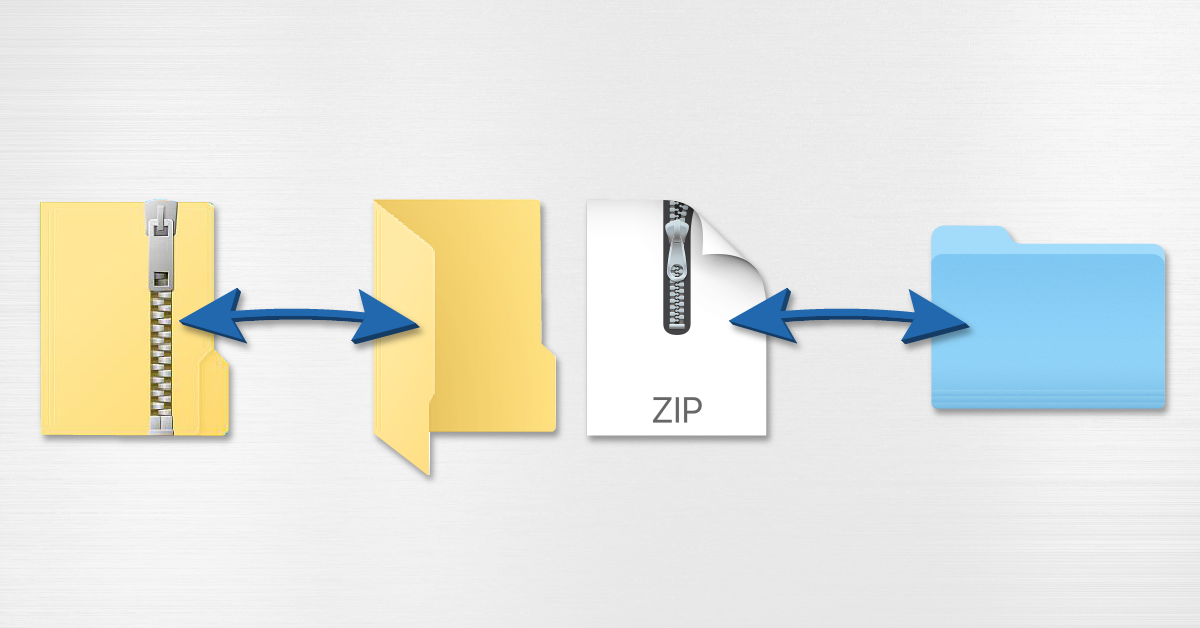

- #Free file compressor for mac how to
- #Free file compressor for mac archive
- #Free file compressor for mac mac
A Zip archive is what we’re all familiar with it combines and compresses files, in some cases reducing the overall size by half or more.As above, you won’t need to use this unless you’re working with other operating systems. cpio archive, which combines multiple files in a single file without compressing them. cpgz archive. This is used on Unix and Linux, and you won’t want to use this format unless you’re sending archives to a computer running one of these operating system. You can use one of three archive formats in this manner: Compressed archive, regular archive, and Zip archive. To do this, open Archive Utility, then choose File > Create Archive, and select the item(s) you want to compress. However, you can use Archive Utility to create compressed archives in other formats you might want to do this to such archives to people for use on other operating systems. When you compress items in the Finder, Archive Utility always creates a Zip archive. Otherwise, they are created in the same folder as the original items. If you want to tell Archive Utility where to save the archives you create, from the Save archive popup menu, choose Into, then select a location.

#Free file compressor for mac how to
The bottom section, below the horizontal line, tells Archive Utility how to create compressed archives. This isn’t common, but there are some types of archives that may present like this, such as Unix archives that first use a. Keep expanding if possible tells Archive Utility to decompress any archives it finds within an archive. If you don’t move the expanded files to a different folder, you probably don’t need to change this. Reveal expanded item(s) in Finder tells Archive Utility to select the decompressed file or folder and bring its window to the front. You can also choose Move archive to, and select a folder, if you want to save your archives. You can choose one of these options from the popup menu. zip archives-such as daily backups, or database dumps-and want to automatically store them in a specific location after expanding them.Īfter expanding lets you leave the archive where it is, move it to the Trash, or delete it (without putting it in the Trash). If you want to use a different location, click the popup menu and choose Into, then select a folder.
:max_bytes(150000):strip_icc()/001-mac-hidden-archive-utility-2260851-29cd4c09f0c345cfb23f5d115cb36ff8.jpg)
Save expanded files lets you choose to save decompressed archives in the same folder as the original, or in a specific folder. The top section controls what happens when you decompress archives. There are two sections to the window, with a horizontal rule dividing them. If you launch Archive Utility, then choose Archive Utility > Preferences, you see a small window with a number of options.Īrchive Utility preferences can be very useful if you work with compressed files often. However, if you need to create a lot of archives, you might want to launch the app, so you can drag files and folders onto its Dock icon and not have to bother with the contextual menu. Archive Utility opens, decompresses the archive, and then it quits. zip archive and want to expand it just double-click the archive. Archive Utility launches, compresses the item(s), and then it quits. If you want to compress a file, a folder, or a group of items, select it/them, then right click and choose Compress. In most cases, you’ll use Archive Utility without launching it directly. You can launch Screen Sharing by choosing Go > Connect to Server in the Finder.
#Free file compressor for mac mac
About this Mac launches when you click the Apple menu and choose About this Mac. All of these apps are generally launched in other ways, not by double-clicking. To access Archive Utility on your Mac, go to /System/Library/CoreServices/Applications. Here you’ll find Archive Utility along with some other apps that you may occasionally use, such as About this Mac, Network Utility and Screen Sharing. Where is the Archive Utility?Īrchive Utility is a small app hidden in a system folder. In this article, you’ll learn about compressed files and Archive Utility, and we’ll show you some options you can adjust that will make working with compressed files easier. The Archive Utility app has some options that may make working with archives easier. (For instance, if you sent a hundred text files to someone by email without compressing them, it would be very annoying to receive that many attachments.)Īpple’s macOS uses Archive Utility, a small app hidden away in an obscure folder and used to create and decompress. Archives also allow you to store a number of files in a single file, making them easier to move around or send to others.

zip extension, and contain one or more files that have been shrunk to save space. You certainly see these files often-they bear the. Apple + How To Understanding Compressed Files and Apple’s Archive UtilityĬompressed files and archives are very common.


 0 kommentar(er)
0 kommentar(er)
